Incorporate Natural Lighting
Natural light is an abundant element in Japanese-themed house design. It generously fills up the living spaces while offering delightful vistas of nature. An ideal way to brighten up your home is through large windows and ceiling openings (such as skylights). Avoid thick draperies as they tend to block the natural light. Alternatively, you could go for simple bamboo shades or gauzy panels. You can also maximize interior brightness by going for open space and minimalist design.
Create a Sunken Entryway
If possible, consider turning your entryway into a genkan. This sunken area essentially needs to be clean, minimal, and most importantly free of clutter. Make sure to introduce a generous amount of natural elements in your genkan. A wooden cabinet or shelve can serve as a getabako where you would store shoes, whereas a glass-paneled door can allow for natural light to brighten up the space.
Consider a Variation
A trending variation of Japanese interior design is Japandi. As the name may suggest, it is a fusion of the Japanese and Scandinavian, aka ‘Scandi’, styles. They both share common features such as the abundance of organic elements, minimalist aesthetics, and natural light. Adopting this style will essentially allow you to combine Zen with Hygge.
Interesting Facts About a Certain Japanese Architect
One Japanese architect you may have heard of is Kengo Kuma. Born in 1954, Kuma is famous for his innovative methods of using certain materials and technological advancements in his works. Besides being an architect, he is also a professor at the Graduate School of Architecture at the University of Tokyo. His aim is to bring traditional Japanese architecture — in which his designs are rooted — into the 21st century. Many of Kuma’s designs cleverly employ natural elements such as light and wood; he also has an obsession with the latter. Moreover, he firmly believes that these elements provide mental and physical comfort.
Kengo Kuma’s obsession with wood is evident in many of his designs. He even used the material for the construction of the Tokyo Olympics Stadium in 2020. According to Kuma, stone and concrete are materials of the past and will soon be replaced by wood. Kuma is also passionate about nature, and his designs focus on improving and adding to the surrounding environment rather than dominating it.
Kuma’s biggest critic is no other than himself. One of his works that he deems “embarrassing” is the M2 building in Tokyo. It was after that that he realized the grandeur of traditional Japanese home architecture and decided to uphold it.
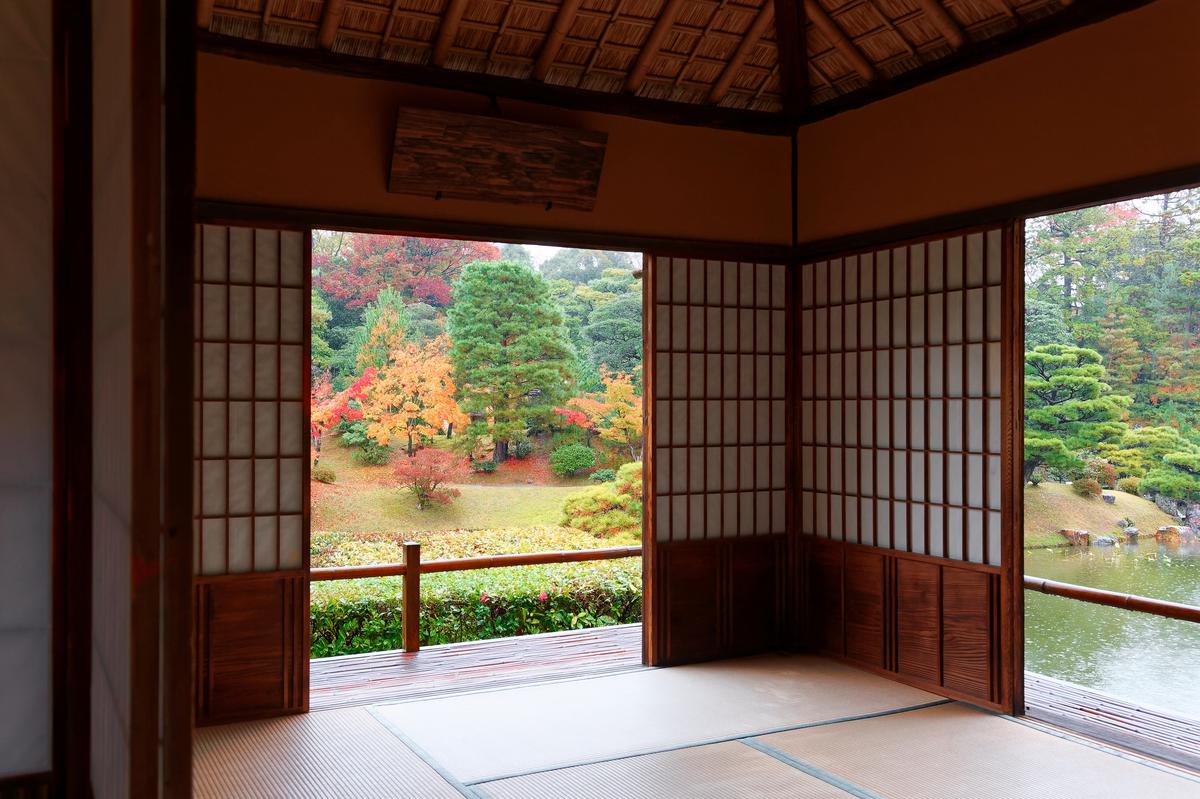
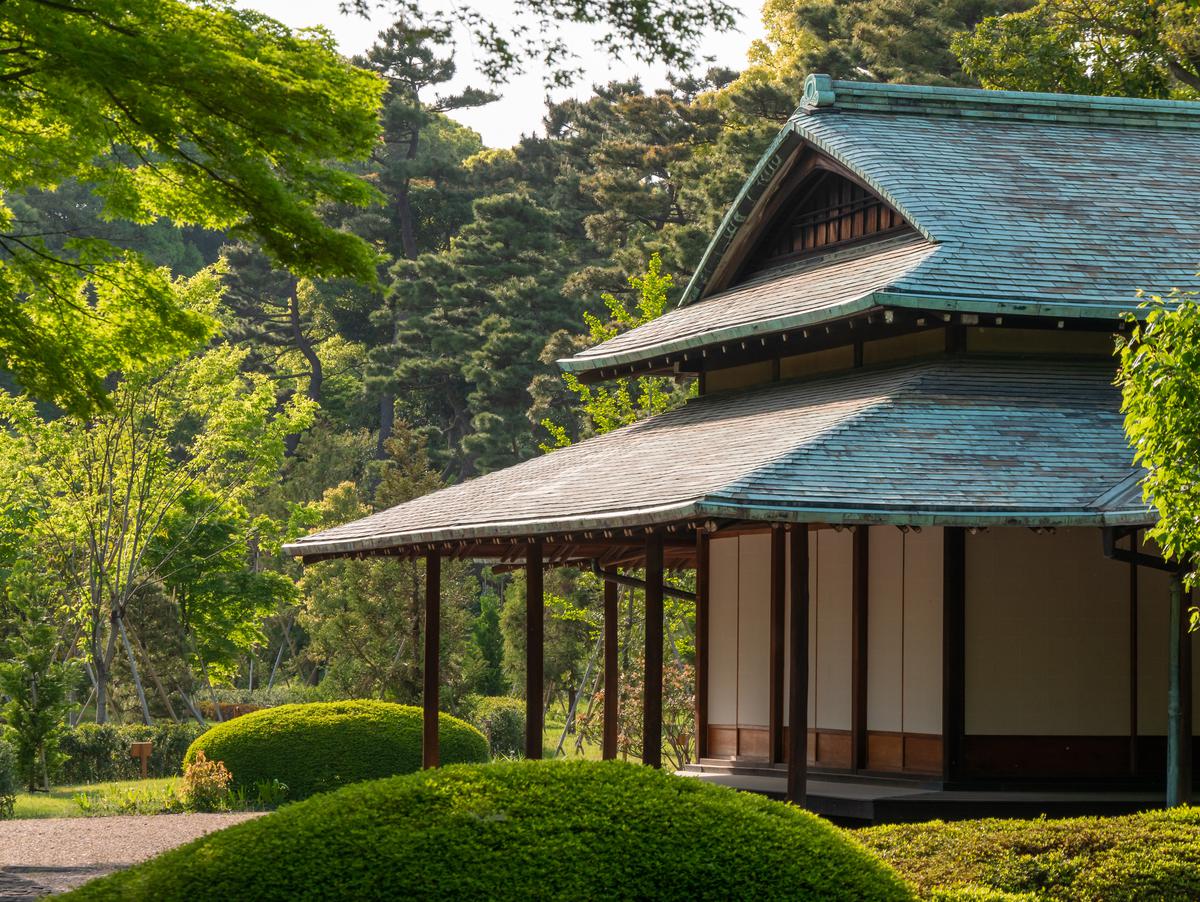
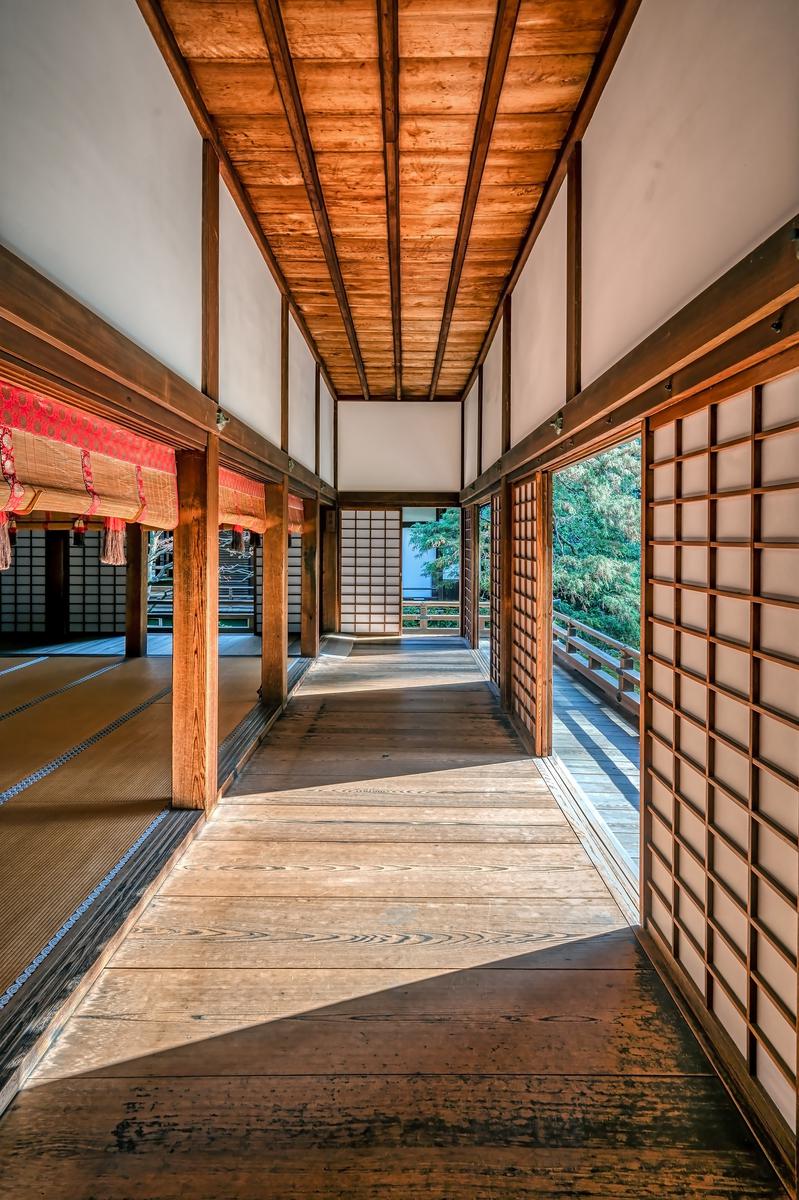
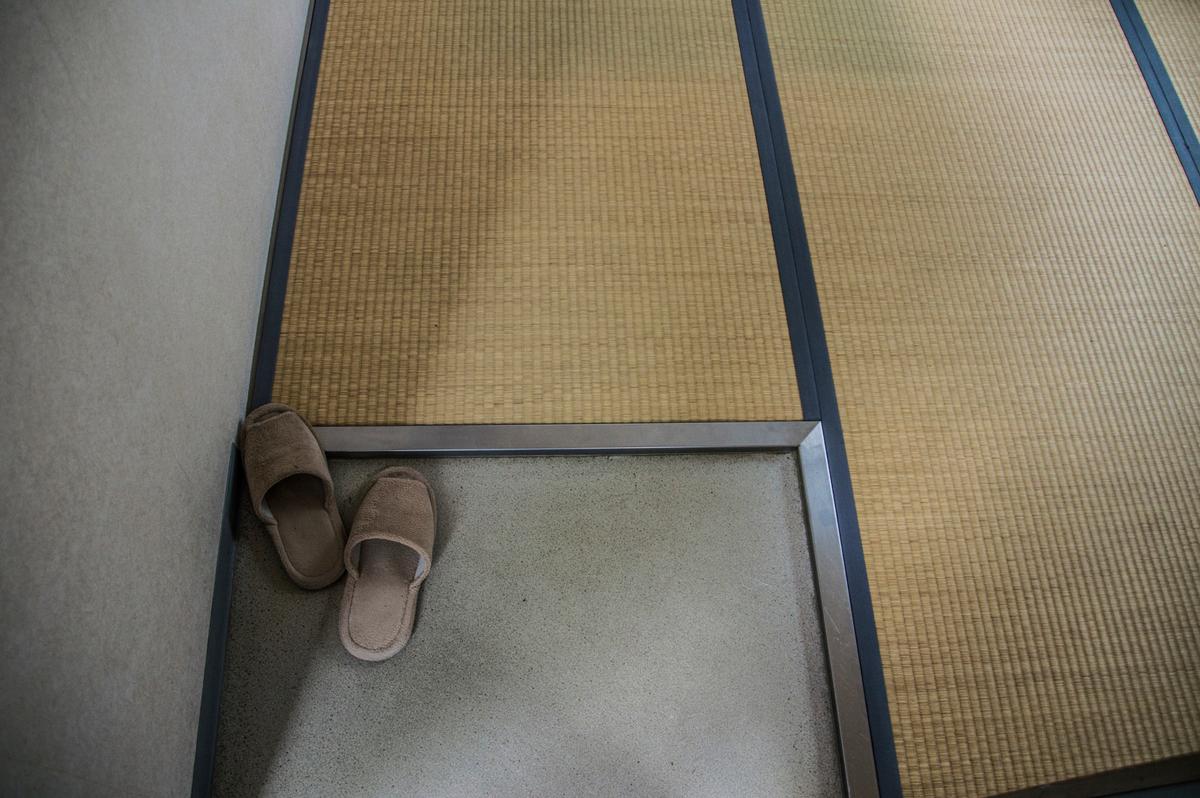
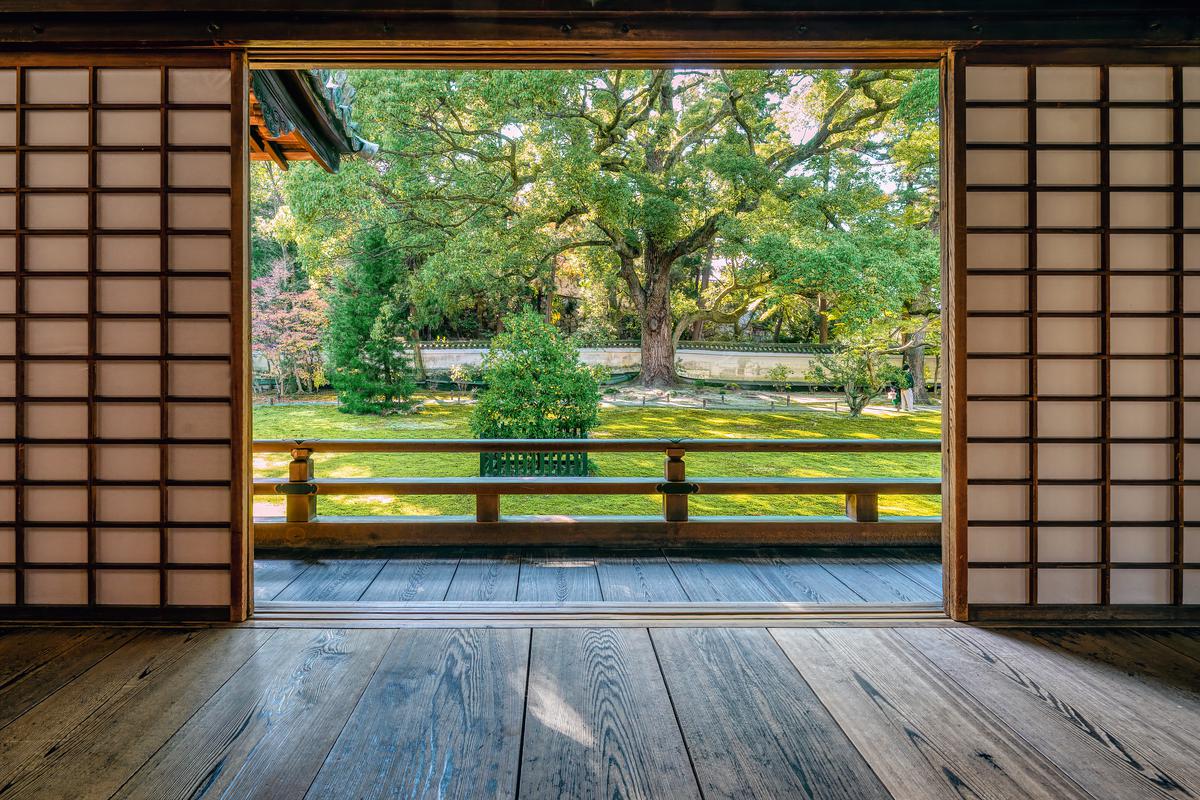
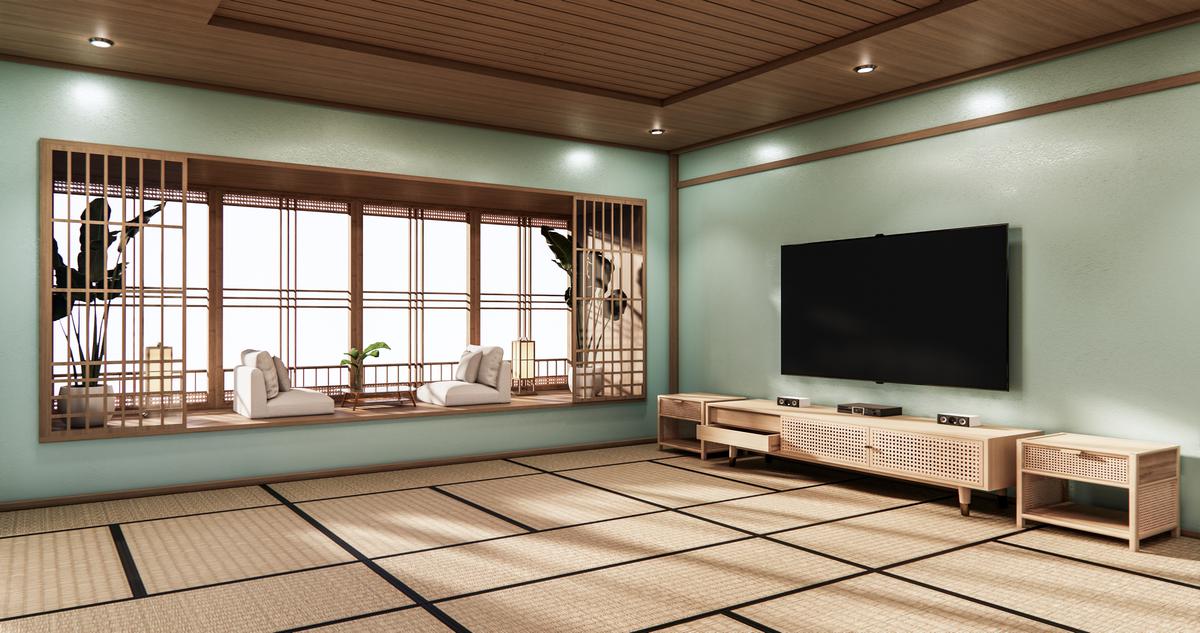

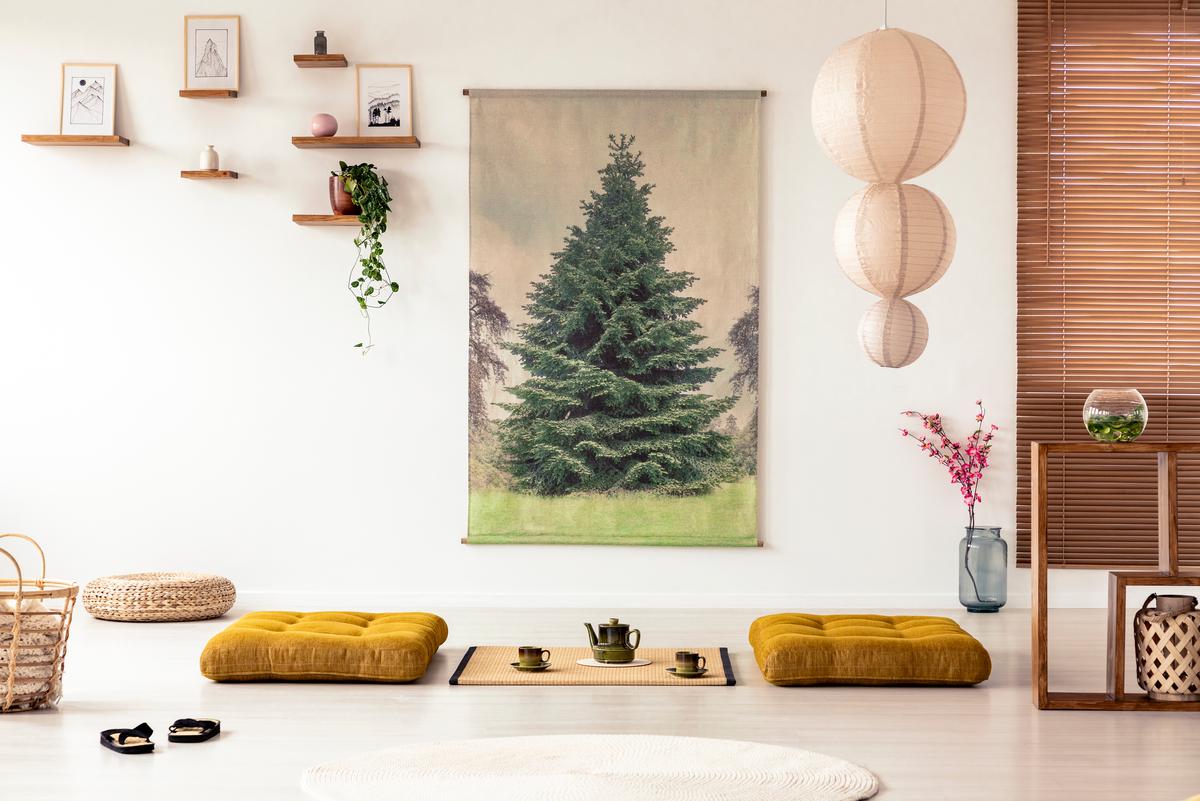
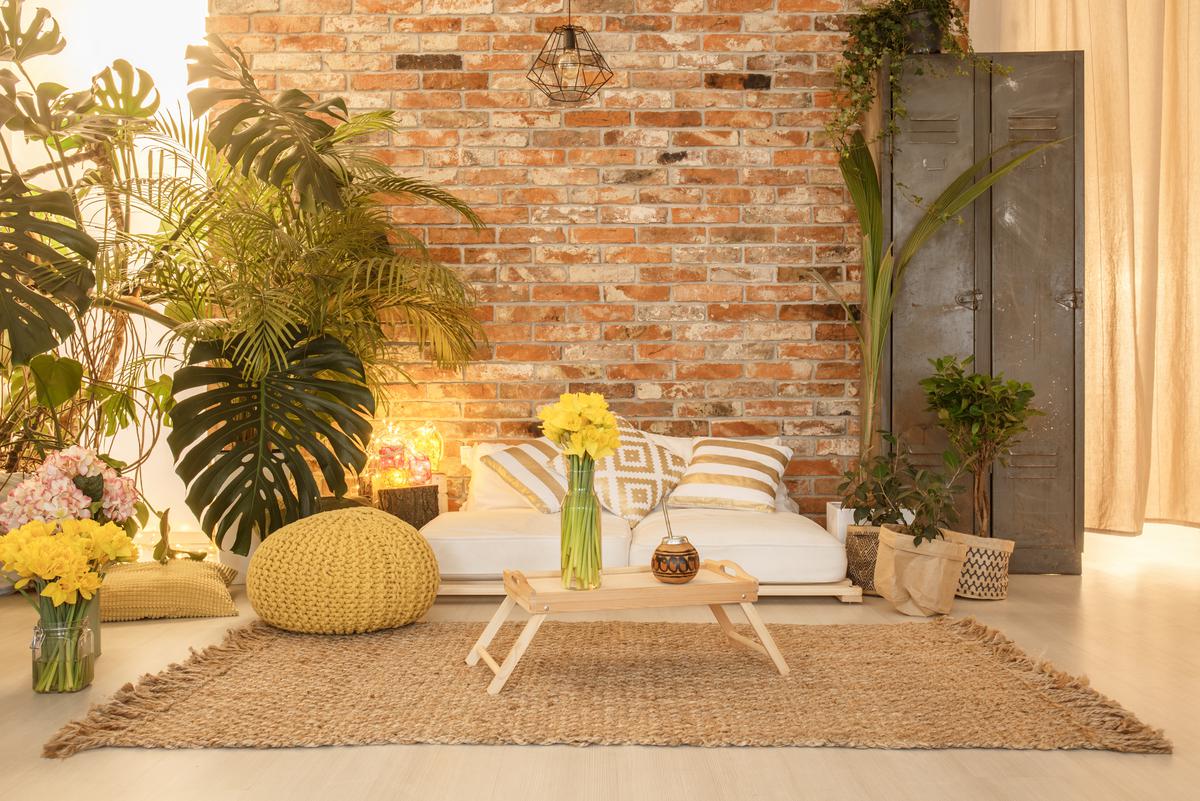
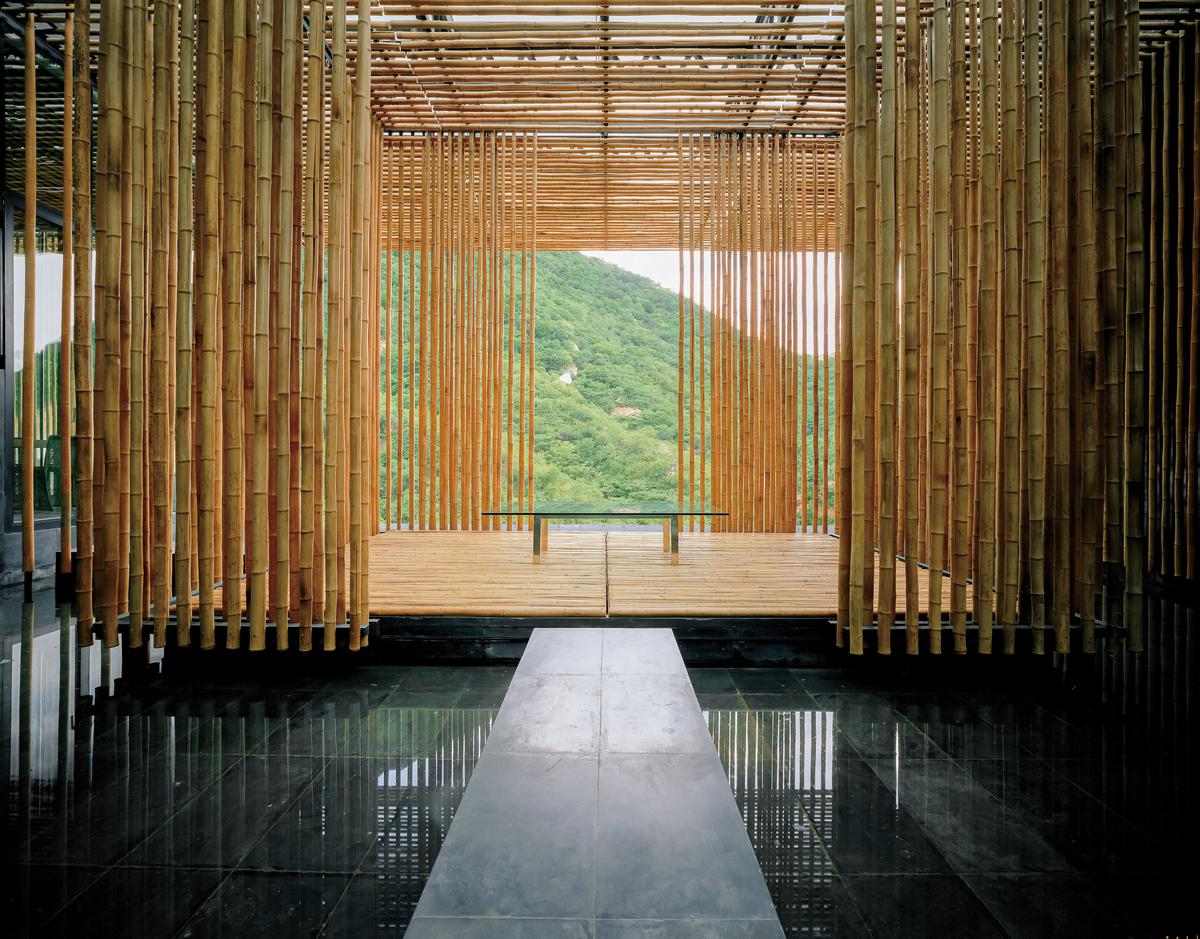

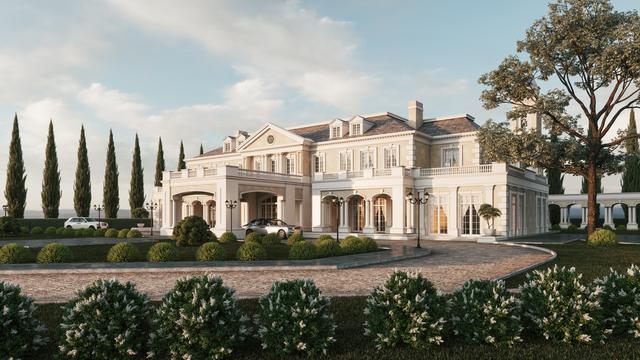
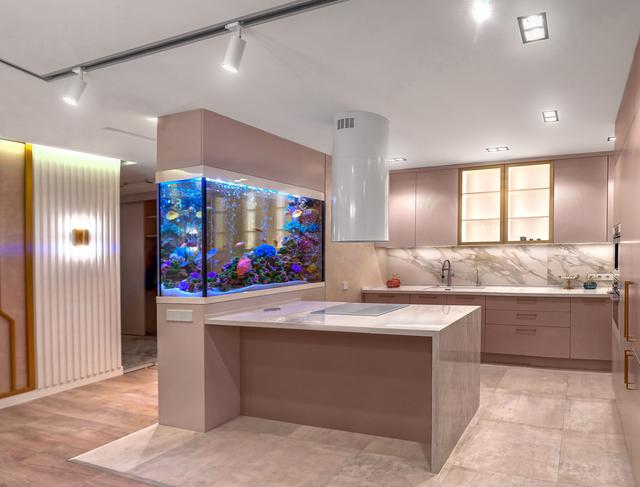
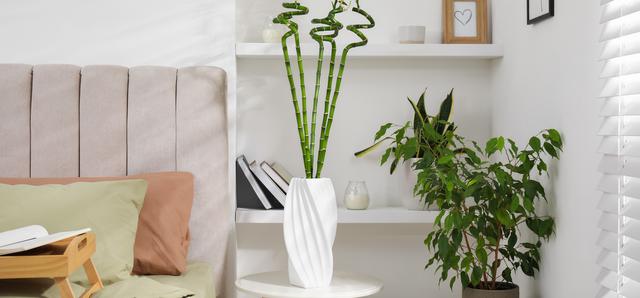
comments